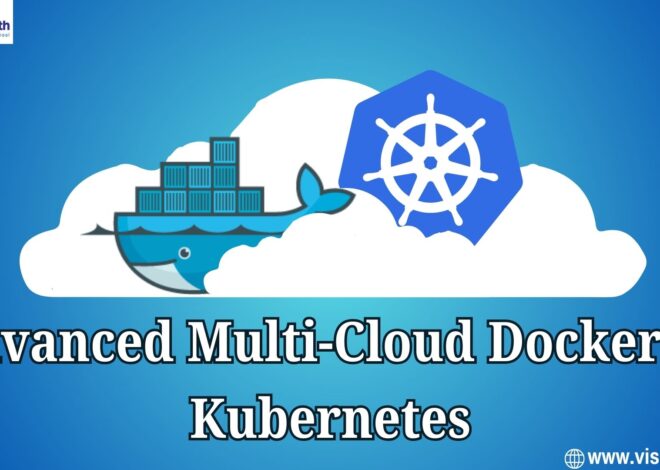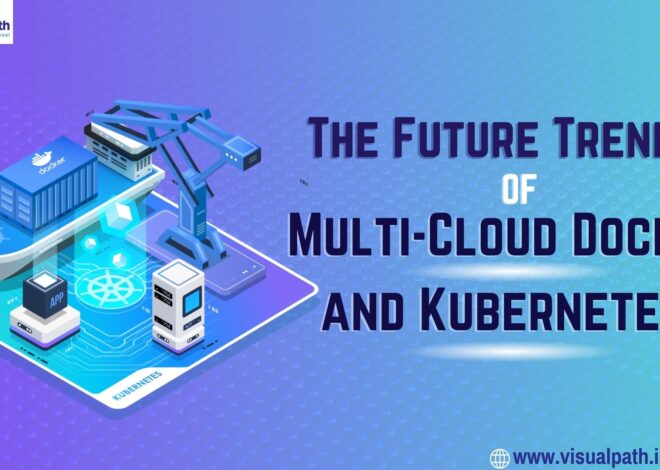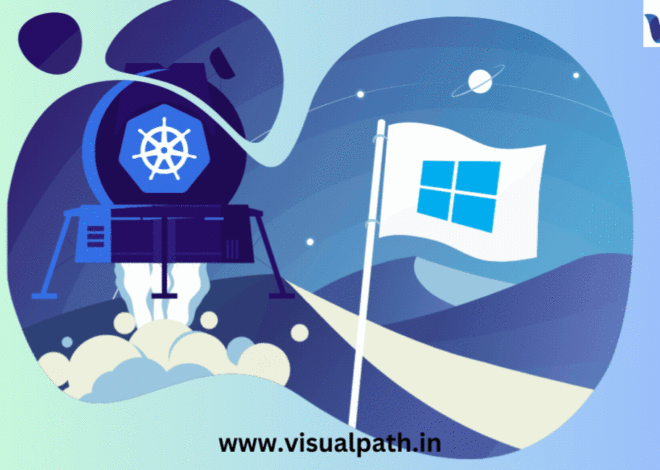
TOP 10 Docker and Kubernetes Multi-Cloud Management Tools
Docker and Kubernetes have become pivotal technologies in the rapidly evolving cloud landscape, serving as essential tools for containerization and orchestration. As businesses embrace multi-cloud strategies, managing these technologies across diverse cloud platforms is increasingly crucial. This article delves into the top tools designed to efficiently manage Docker and Kubernetes in a multi-cloud environment, highlighting their key features and benefits.
1. Kubernetes Dashboard
Kubernetes Dashboard is a web-based UI for managing Kubernetes clusters. It provides a graphical interface to deploy containerized applications, manage cluster resources, and troubleshoot issues. For multi-cloud environments, the Dashboard offers a consistent management experience, allowing administrators to monitor and control multiple clusters across different cloud providers. Its visualization capabilities make it easier to understand cluster performance and resource utilization, which is crucial for maintaining efficient operations in a multi-cloud setup.
2. Rancher
Rancher is an open-source platform designed to simplify the management of Kubernetes clusters. It supports the deployment of Kubernetes across multiple cloud providers and on-premises environments, making it a versatile tool for multi-cloud strategies. Rancher provides centralized authentication, role-based access control (RBAC), and a unified management interface, ensuring that organizations can maintain security and compliance across diverse infrastructure. Additionally, Rancher’s catalog of applications and services enables easy deployment and scaling of applications, streamlining the operational complexity of multi-cloud Kubernetes management. Kubernetes Multi-Cloud Training
3. Kubectl
Kubectl is the command-line interface (CLI) tool for interacting with Kubernetes clusters. While not a graphical tool, it is indispensable for managing and troubleshooting Kubernetes environments. Kubectl allows for scripting and automation of cluster management tasks, which can be particularly useful in multi-cloud scenarios where consistency and repeatability are key. With its extensive command set, kubectl provides granular control over Kubernetes resources, making it an essential tool for administrators looking to fine-tune their multi-cloud deployments.
4. Portainer
Portainer is a lightweight management UI that supports Docker and Kubernetes. It simplifies container management by providing an easy-to-use interface for deploying and managing containers, networks, and volumes. In a multi-cloud context, Portainer can connect to multiple environments, allowing users to manage Docker and Kubernetes workloads across different clouds from a single interface. Portainer’s simplicity and flexibility make it an attractive option for organizations looking to streamline their container management processes. Multi-Cloud Training
5. Lens
Lens is an open-source Kubernetes IDE that provides a unified interface for managing Kubernetes clusters. It supports multi-cloud environments, allowing users to manage clusters from different cloud providers within a single application. Lens offers advanced features such as real-time cluster metrics, resource management, and built-in terminal access, making it a powerful tool for Kubernetes administrators. Its intuitive interface and extensive plugin ecosystem enhance the user experience, making it easier to manage complex multi-cloud deployments.
6. Helm
Helm is a package manager for Kubernetes that helps in defining, installing, and upgrading even the most complex Kubernetes applications. In a multi-cloud setup, Helm can simplify the deployment of applications across multiple clusters by using Helm charts, which are packages of pre-configured Kubernetes resources. This ensures that applications are deployed consistently, regardless of the underlying cloud infrastructure. Helm also facilitates version control and rollback, which are critical features for maintaining stability and reliability in a multi-cloud environment. Master Docker & Kubernetes Training
7. Weaveworks
Weaveworks offers a suite of tools for managing Kubernetes clusters, with a focus on GitOps practices. GitOps is a methodology that uses Git repositories as the source of truth for defining infrastructure and application configurations. Weaveworks’ tools enable organizations to automate the deployment and management of Kubernetes clusters across multiple clouds by integrating with CI/CD pipelines. This approach enhances consistency and reduces the risk of configuration drift, making it easier to manage complex multi-cloud environments.
8. KubeSphere
KubeSphere is an enterprise-grade container management platform that extends Kubernetes with additional features and functionalities. It provides a unified management interface for multiple Kubernetes clusters across different cloud providers, supporting multi-cloud strategies. KubeSphere includes features such as DevOps tools integration, multi-tenant management, observability, and security enhancements, making it a comprehensive solution for managing Kubernetes in a multi-cloud environment. Its user-friendly interface and rich feature set make it an excellent choice for organizations looking to streamline their Kubernetes operations.
9. Istio
Istio is a service mesh that provides a uniform way to secure, connect, and monitor microservices. In a multi-cloud setup, Istio can help manage the complexities of service communication and security across different cloud environments. It offers features such as traffic management, security policies, and observability, which are crucial for maintaining a reliable and secure application network. Istio’s ability to manage microservices across multiple clouds makes it a valuable tool for organizations adopting a multi-cloud strategy. Multi-Cloud Online Training Course
10. Prometheus and Grafana
Prometheus is an open-source monitoring and alerting toolkit, while Grafana is a data visualization tool. Together, they provide a robust solution for monitoring and visualizing the performance of Docker and Kubernetes environments. In a multi-cloud context, Prometheus can scrape metrics from multiple clusters, while Grafana can visualize this data in a unified dashboard. This combination allows administrators to monitor the health and performance of their multi-cloud deployments effectively, ensuring optimal resource utilization and quick identification of issues.
Conclusion
Managing Docker and Kubernetes in a multi-cloud environment presents unique challenges and opportunities. The tools highlighted in this article offer a range of functionalities to help organizations streamline their operations, enhance security, and optimize resource utilization across multiple cloudplatforms. By leveraging these tools, businesses can achieve greater flexibility, scalability, and resilience in their cloud-native applications, ensuring that they can meet the demands of an increasingly dynamic and competitive landscape.
The Best Software Online Training Institute in Ameerpet, Hyderabad. Avail complete Docker & Kubernetes using Multi-Cloud Training by simply enrolling in our institute, Hyderabad. You will get the best course at an affordable cost.
Attend Free Demo
Call on – +91-9989971070
WhatsApp: https://www.whatsapp.com/catalog/919989971070/
Visit: https://www.visualpath.in/kubernetes-multi-cloud-online-training.html



